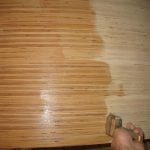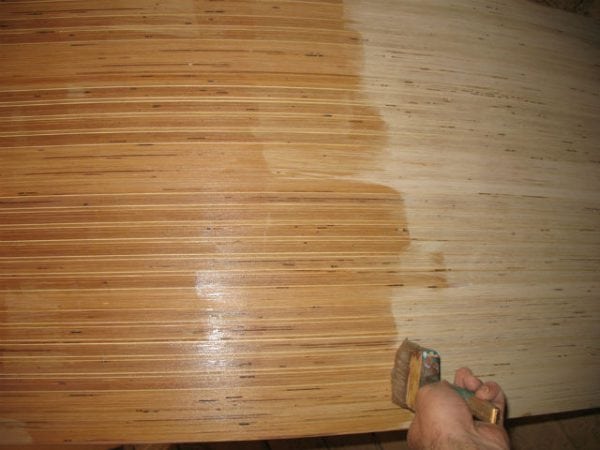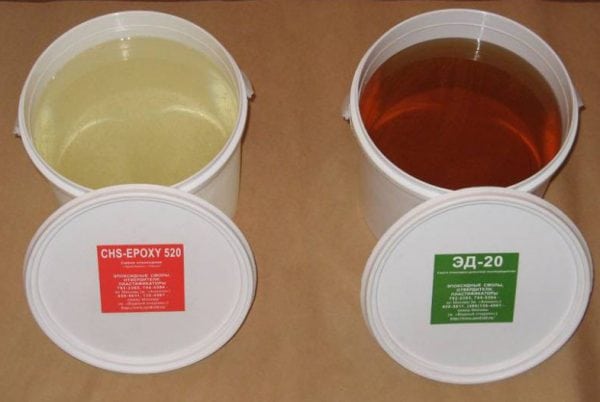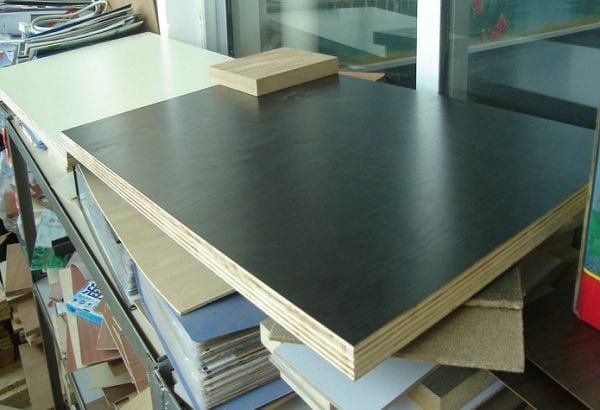One of the most popular building materials from wood is still plywood. Due to its affordable cost and a wide range of uses, many experts prefer it. But with all the advantages of this material, there is one drawback that can ruin the whole effect of its use.
Plywood is very afraid of moisture and, having become damp, can delaminate, warp and after some time turn into husks. However, she will be able to perfectly fulfill all the functions assigned to her, if you immediately take care of her protection and thereby extend the service life. In our article, we will talk about how to process plywood in order to provide it with protection from moisture and dampness.
Plywood is used for:
- alignment of surfaces;
- masonry floors;
- construction of partitions;
- cladding of external walls.
An example of maximum protection against moisture can be the so-called Finnish plywood. It is a wood board, which is glued from several sheets of birch veneer, which is impregnated with bakelite varnish. Only thanks to this composition, this material received a unique composition and could be used in any climatic conditions. Resin impregnated with birch is not afraid of fungus; it has excellent fire and moisture resistance.
to contents ↑Processing methods
And, nevertheless, thanks to special methods, ordinary plywood can also be effectively protected from moisture. Naturally, it will not be possible to lay out walls in the pool from it, but it can resist the effects of moisture and dampness for a rather long period of time.
The simplest methods of protection are impregnation with drying oil or acrylic varnishes. Another effective, but expensive way is considered to be impregnation with epoxy resin.
Resin perfectly protects the material, however, the technological process of preparing a solution with its use is quite complicated.
One of the most common methods is to increase the moisture resistance and strength characteristics through the use of drying oil. This method provides the opportunity to significantly increase the coefficient of moisture resistance of this material.
Drying oil is sold in almost all construction stores. It is necessary to acquire so much to thoroughly soak the entire sheet of plywood. In addition to drying oil, you may need a building hair dryer or iron, which must be heated to 180-200C and thoroughly dried plywood. You can do this on the floor until the material begins to repel drying oil, that is, it ceases to absorb it.
to contents ↑Varnishing
Thanks to varnishing, the surface of glued boards acquires an external gloss and durability. But before the varnish gets on the canvas itself, it must be carefully prepared - primed and puttyed. And only after complete drying it will be possible to start grinding the surface. Such an approach will allow the varnish to soak wood slabs as deep as possible.
The polished dust formed during the work must be carefully removed. Otherwise, the dust may remain on the canvas and create roughness and roughness during the opening with varnish. It is only possible to varnish with a dry, even and thoroughly cleaned surface. This type of work can be performed on the floor, without the use of special equipment.
to contents ↑At the same time, do not forget about the danger to health and before performing it is best to arm yourself with goggles and gloves. And to carry out large volumes of work, you can use a respirator.
Lamination
Laminated plywood is a material coated with a film, plastic or metal plates. The bonding of plastic and film to the surface is carried out by phenol-formaldehyde resins, which are applied to the surface in a heated state. Then a film or a sheet of plastic is pressed against the sheet and placed under a press, where, under the influence of high pressure, they are firmly attached to the sheet. The finished sheet is pulled out from under the press, cooled and the ends coated with a moisture-resistant composition.
However, it is always worth remembering that the most diverse methods of impregnation or processing can only increase the ability to resist, but it is best to place such structures under structures of a different type that will protect it from moisture. If the exterior walls of the building are covered with glued veneer plates, the roof overhangs may be the best protection for them. In addition, when mounted on vertical surfaces, the fibers of the outer layer should be arranged vertically.
to contents ↑For the floor
Plywood boards on the floor, quite often used as a preparatory layer or as a temporary coating. Plywood painting needed if the owner of the premises decided to leave it as the main coverage.
Immediately before painting the veneered veneer board, it is necessary to prepare accordingly - sand the surface, coat with acrylic primer and dry well. The use of acrylic primer is a must, as it can provide floor slabs with excellent protection against exposure to fungi and moisture.
Even with the most careful care, after some time, under the influence of mechanical, thermal or light exposure, the wood flooring or wall covering may deteriorate, fade or crack. The weakest areas can be the areas of fastening plates with screws and nails. For this reason, even during the installation process, it is necessary to carefully monitor the processing of these particular places.
to contents ↑Once cracks have been discovered on the surface, it must be reprocessed. Filling cracks on top is not worth it. It is best to arm yourself with sandpaper, remove all damaged areas and repair them.
Conclusion
Plywood is a wood material that is exposed to temperature, humidity and pressure. With proper care and proper operation, it is able to last quite a long time and with high quality.
Proper use of technologies and protection methods allows you to achieve the necessary strength of the plates and makes it possible not to worry about the need for an early replacement.







